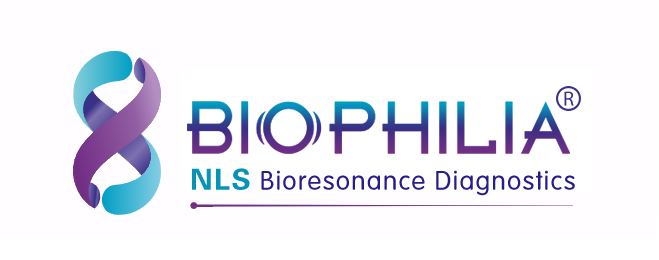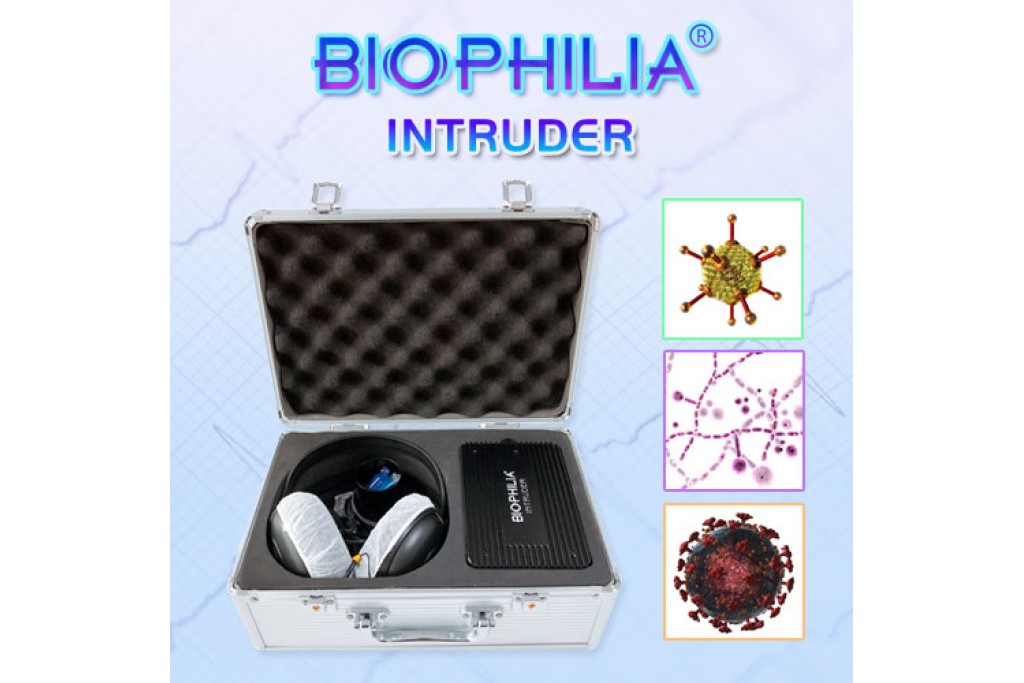Diagnostic Potential of Biophilia Intruder on 3D-NLS Graphics
- Russell
- July 07, 2023
- 1034
- 0
- 0
Three-dimensional images of the internal organs of the human body became part of general practice in the early 90s, after computed tomography scanners were equipped with powerful computing systems capable of controlling the processing of two-dimensional cross-sections. Three-dimensional representation of elements of diagnostic regions of interest is today an everyday reality in leading clinics around the world.
Three-dimensional representations of diagnostic data are often associated with powerful hardware resources that acquire parallel (or placed at pre-specified angles) MR, Roentgen, or NLS graphic images and then integrate them into a single vision array where the operator can Respectively display bones, muscles, soft tissues, blood vessels, nerves, etc. Highlight them with color, while other tissues are shown in gray translucent shades.
Rendering 3D NLS graphics images of abdominal organs is now considered primarily an experimental task. The method of creating separate 2D images of abdominal organs through NLS visualization is more interesting for rendering 3D diagnostic images due to their low information value.
In addition to the usual goals of 2D NLS imaging based on abdominal organ data, many parallel diagnostic tasks are solved by nonlinear algorithms and large-scale computing applications, such as Biophilia Intruder.
Perhaps this is how such accurate results described in the first report on 3D reconstruction based on transabdominal NLS data should be explained.
We have high hopes for 3D NLS imaging, first and foremost related to its application in endoscopy. NLS Imaging Is Diagnostically Effective, Safe and Affordable Procedure

